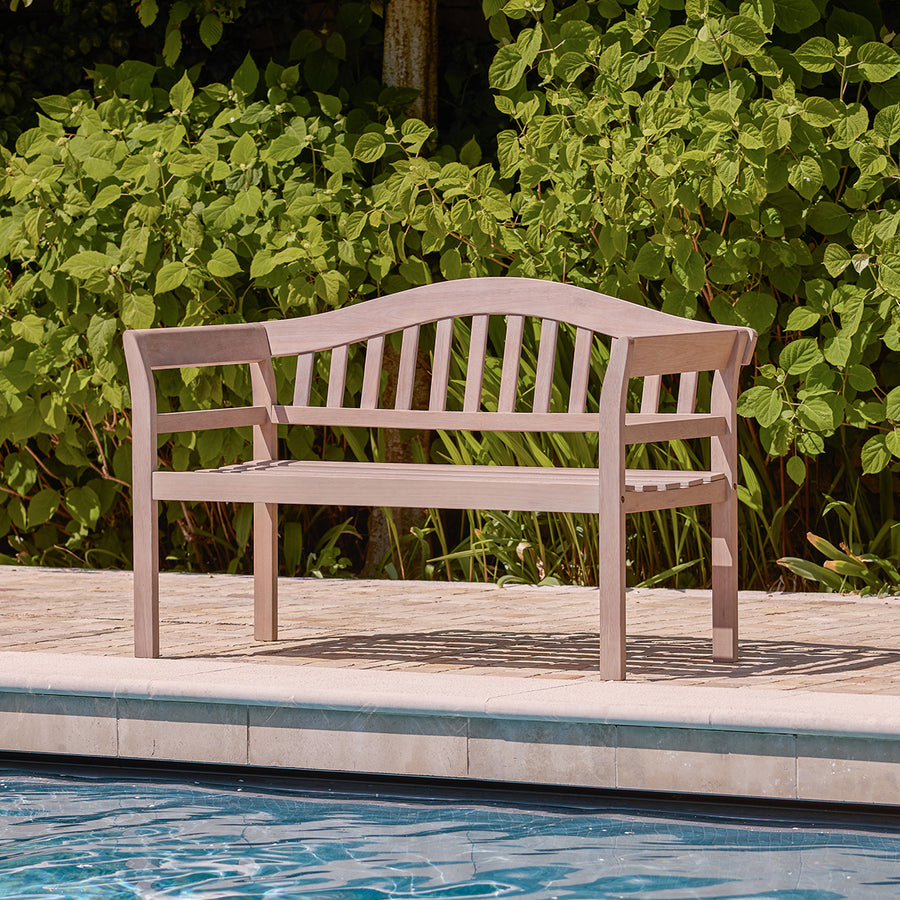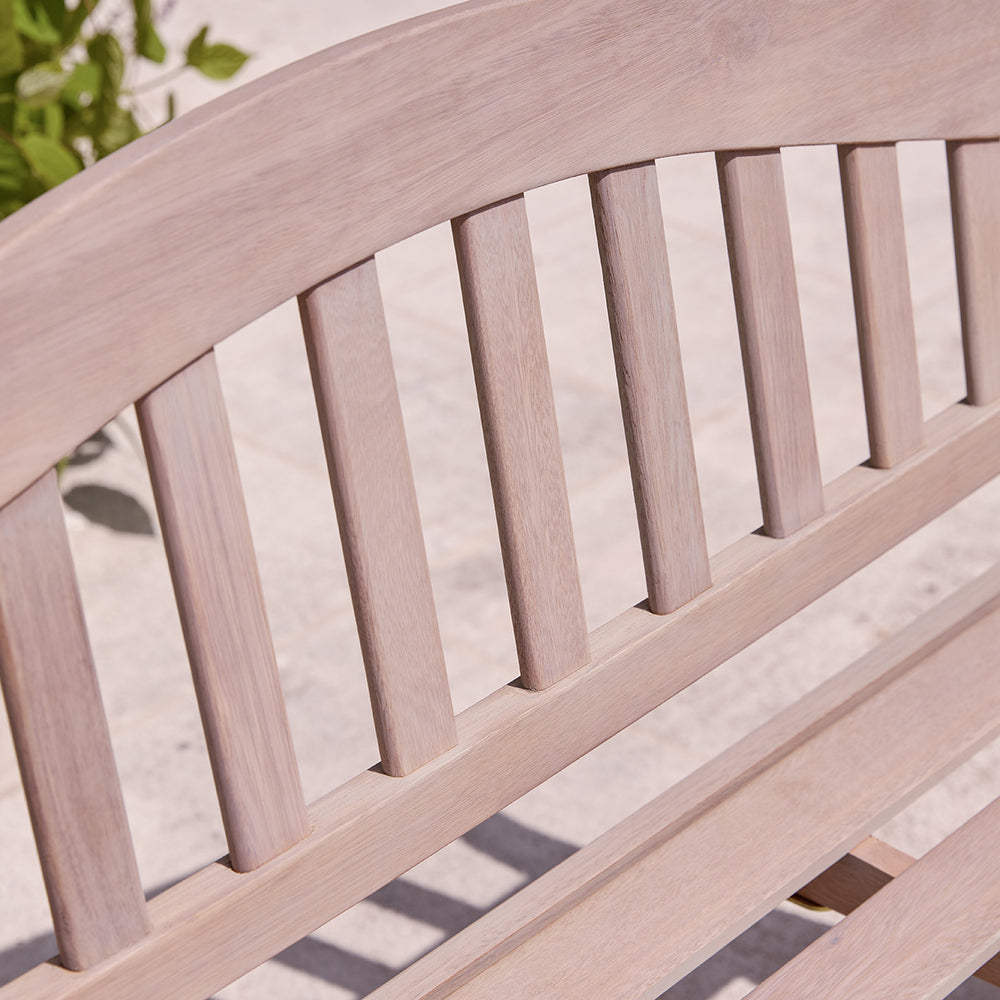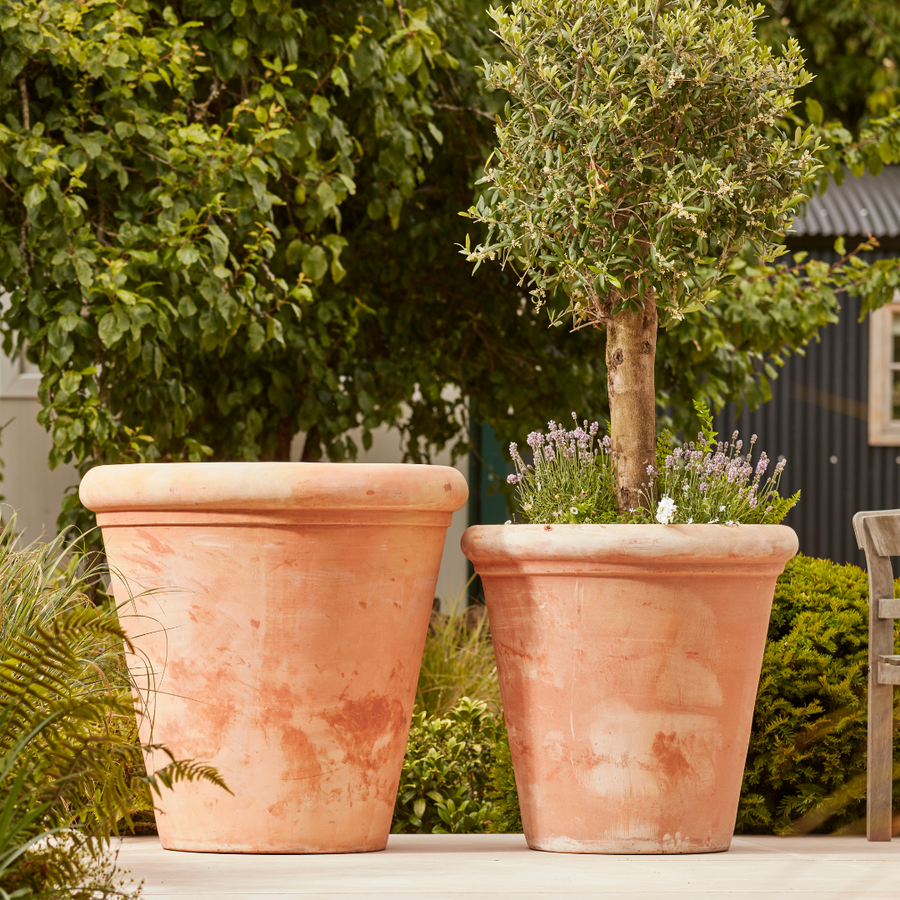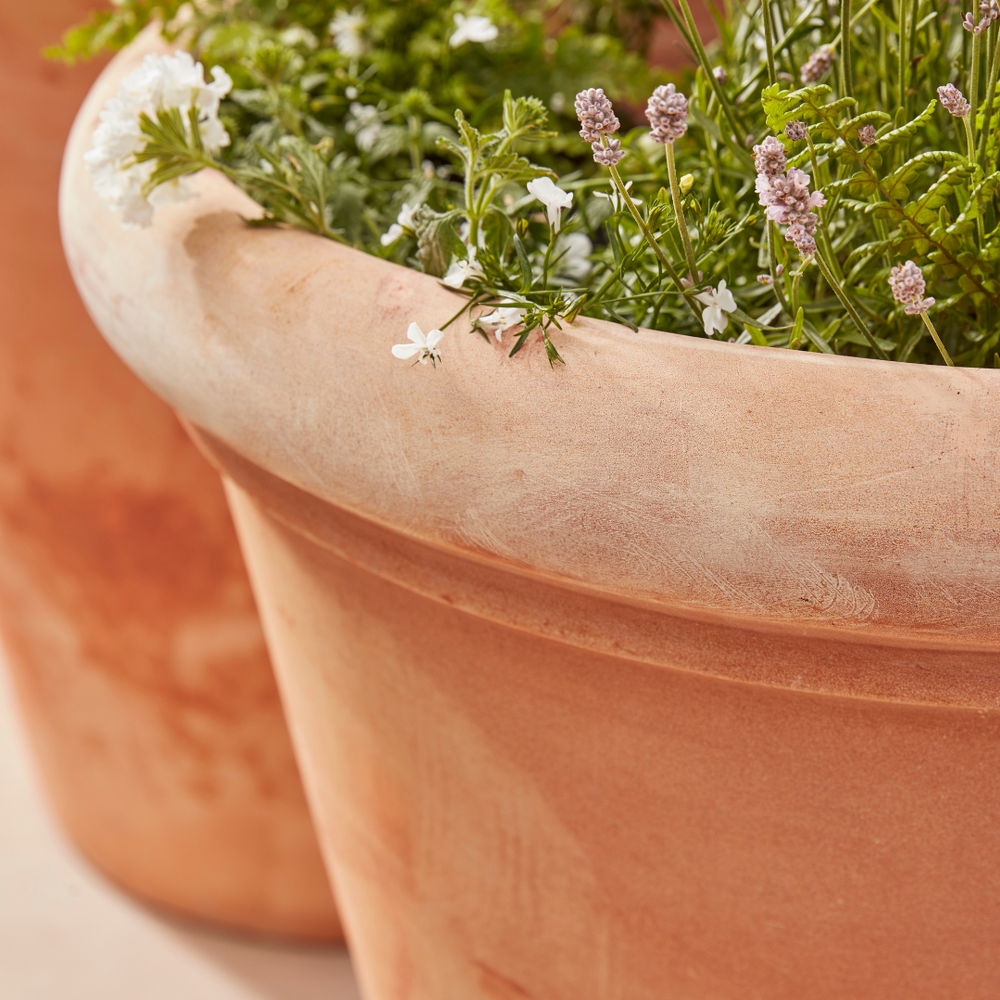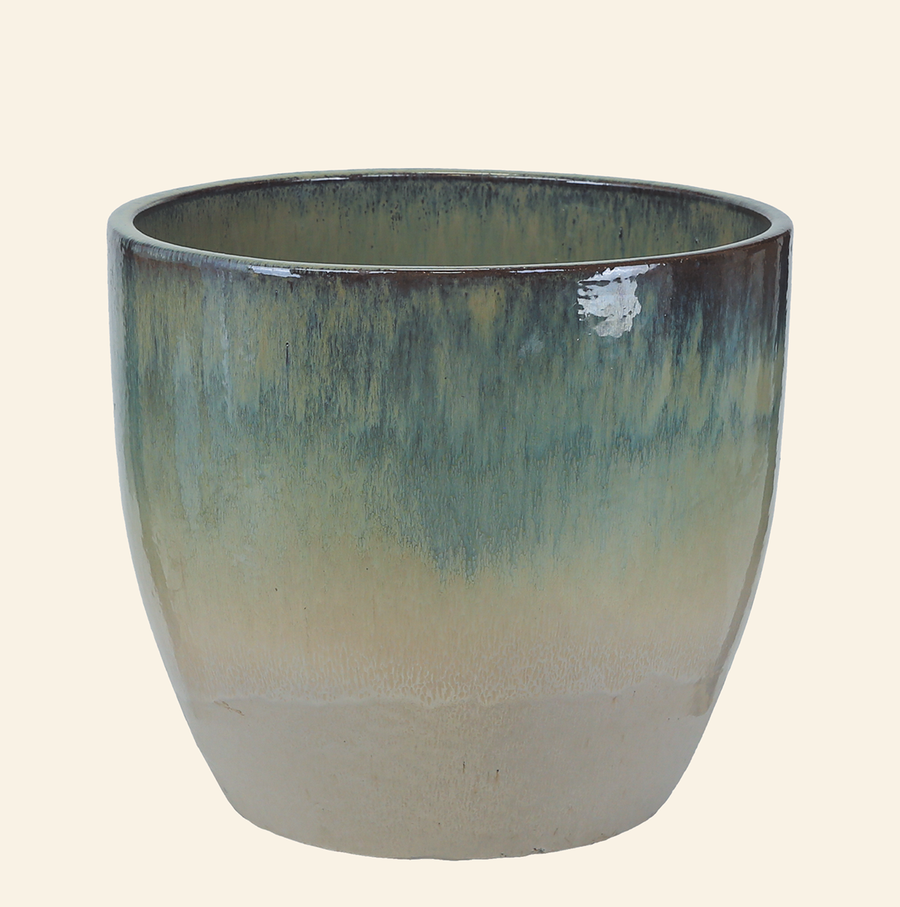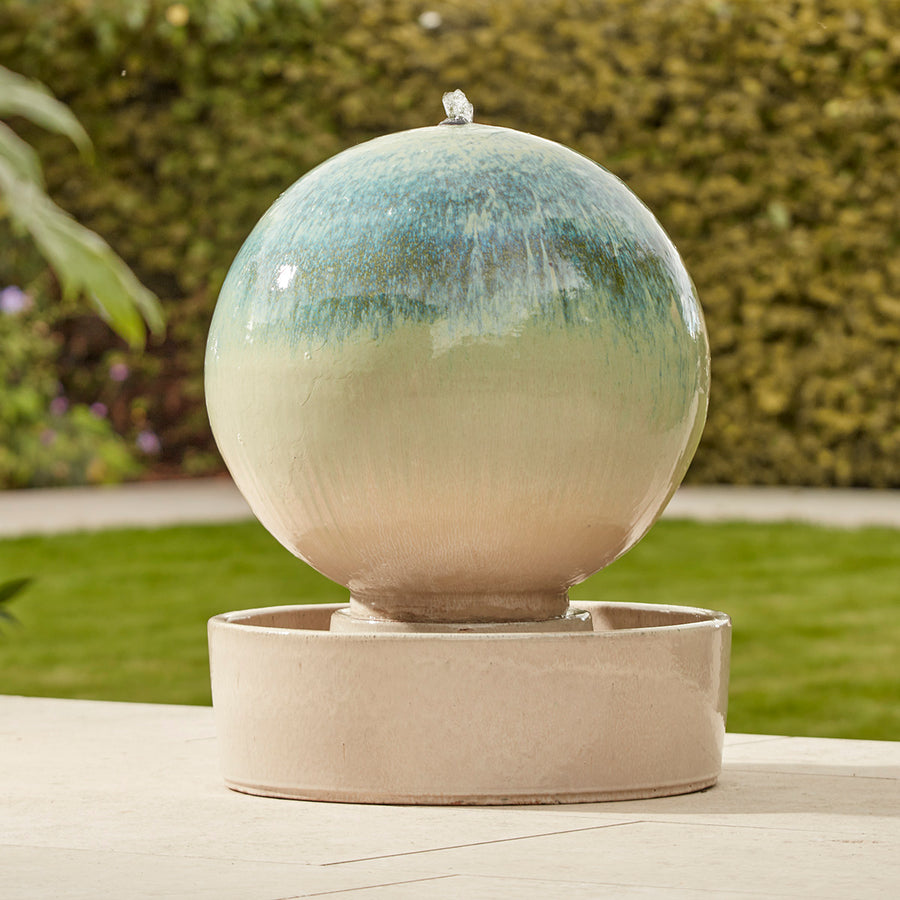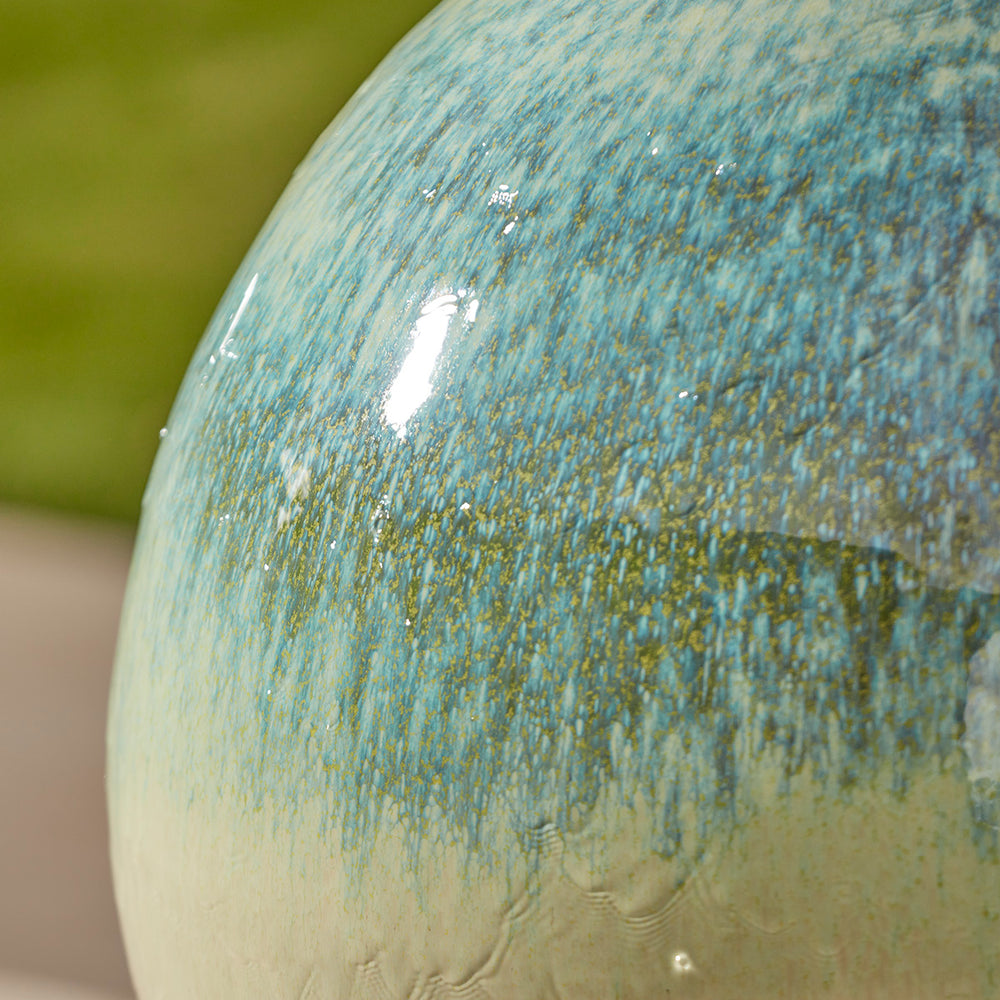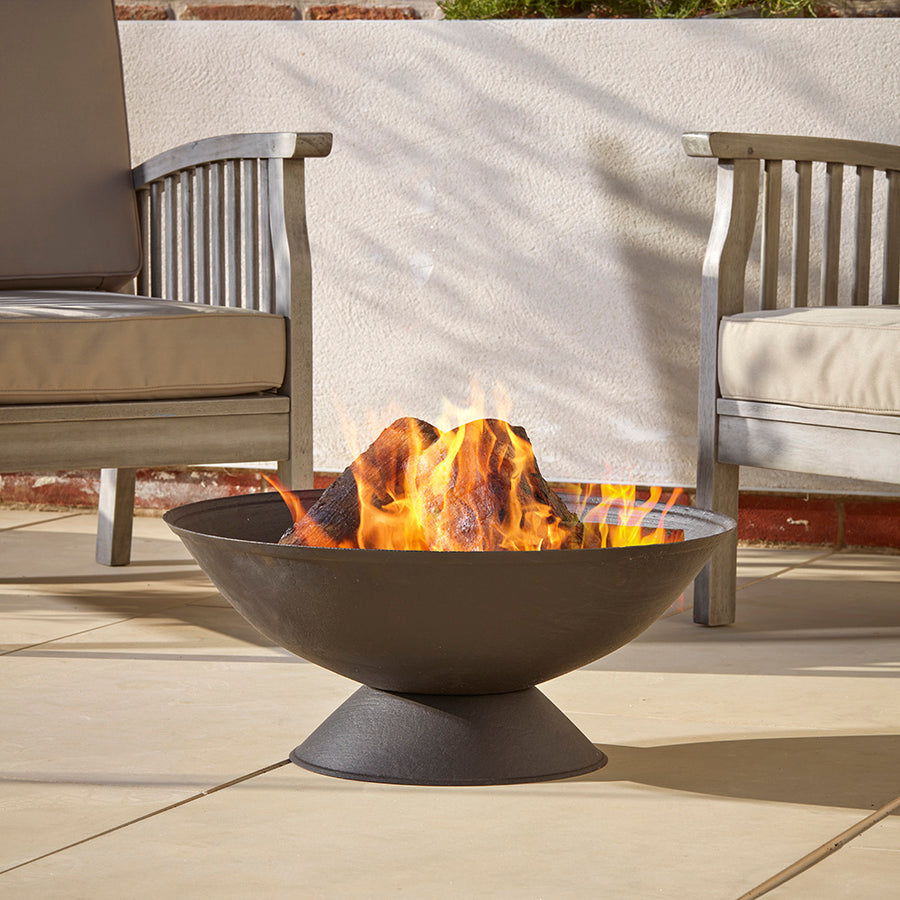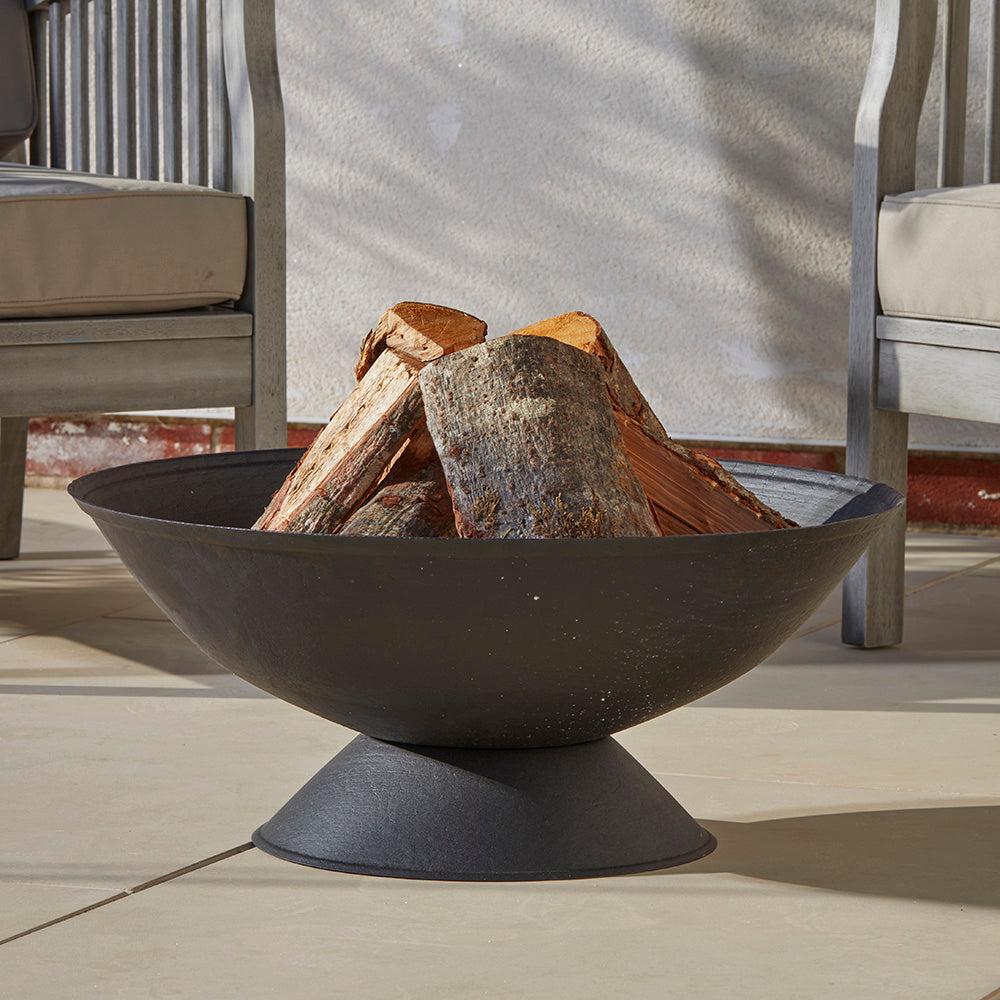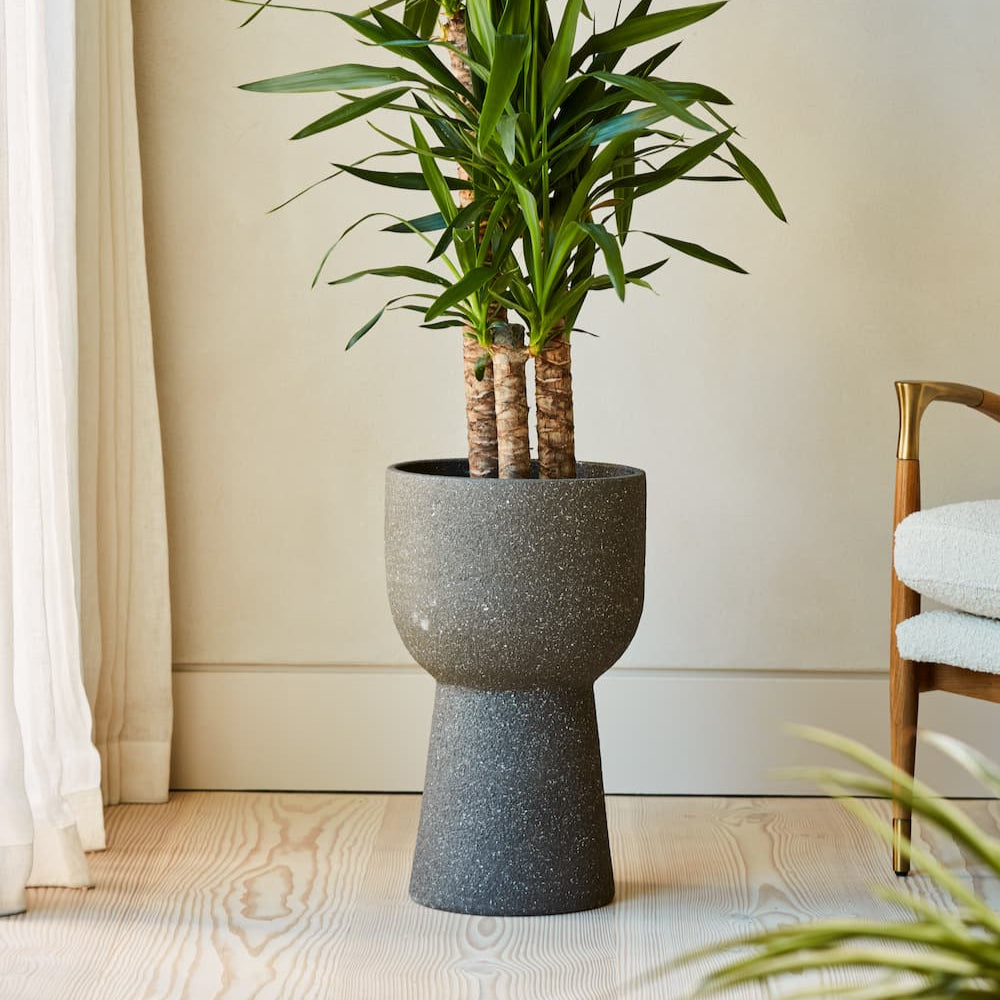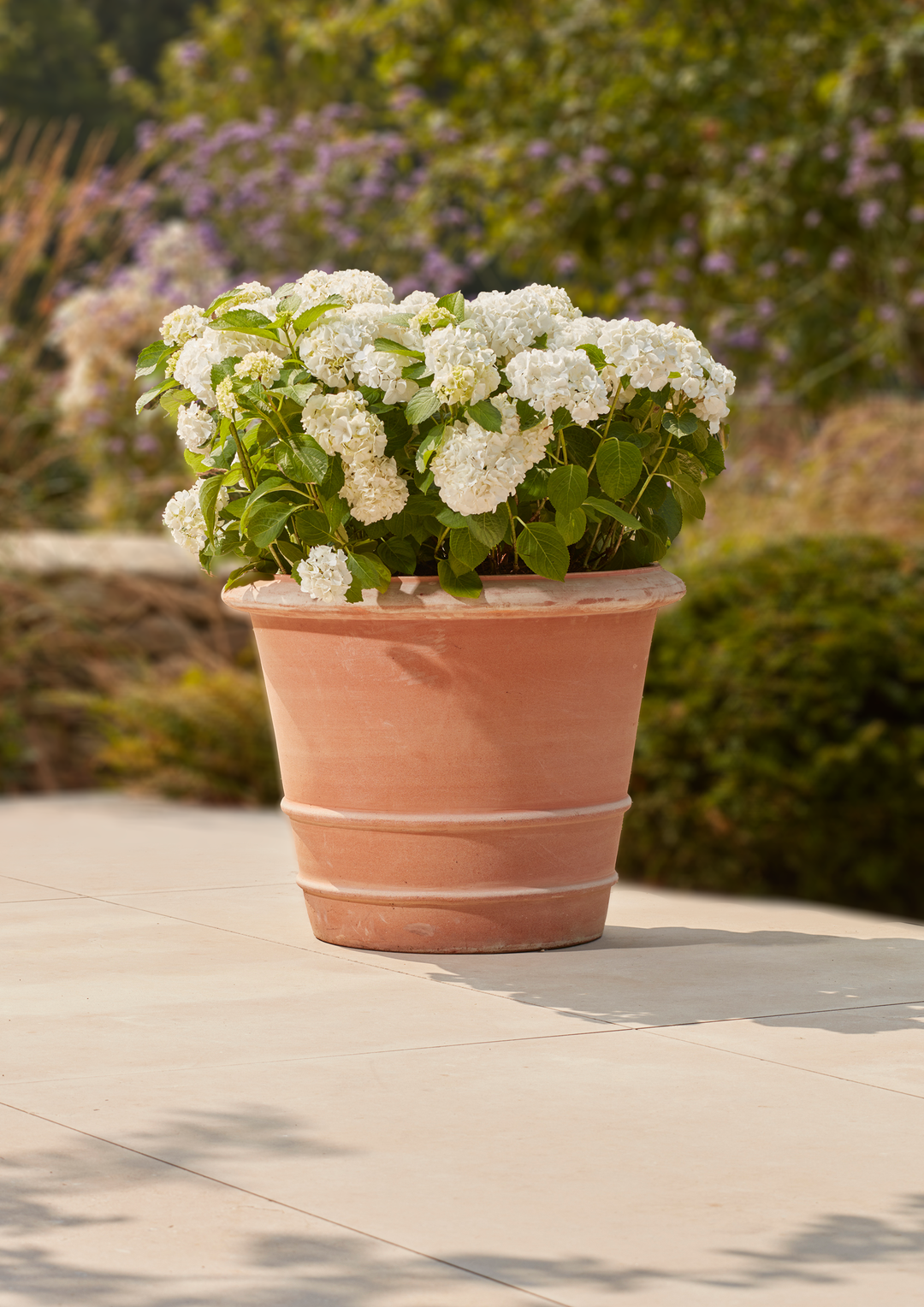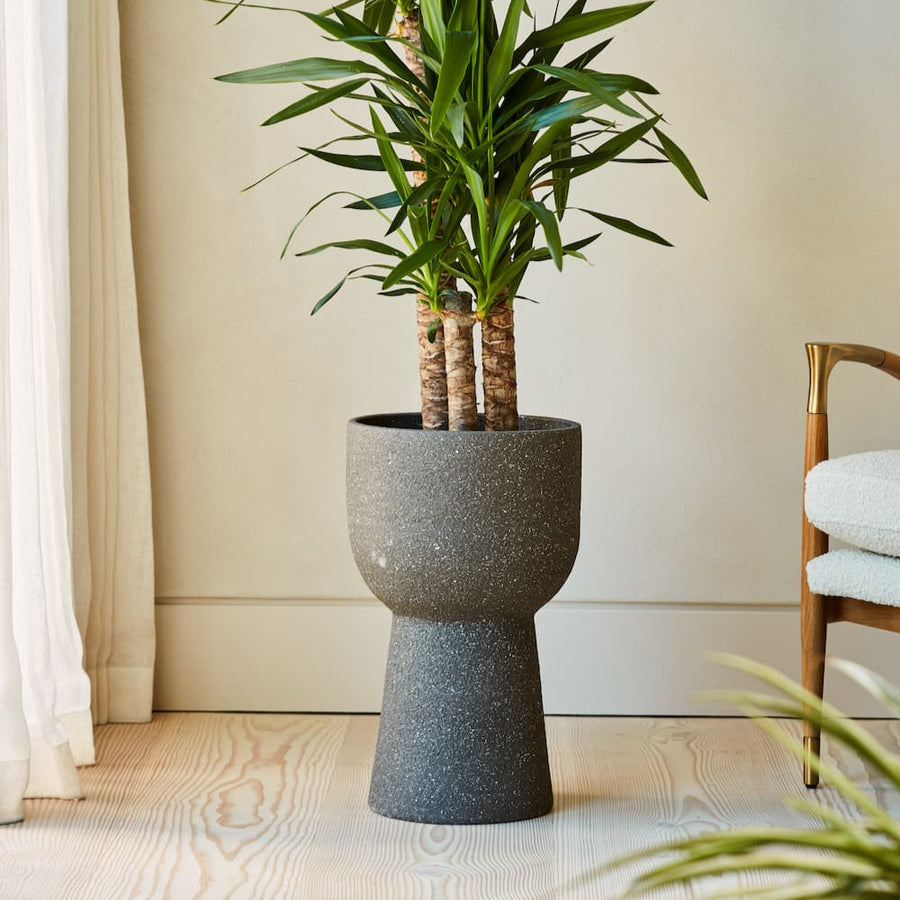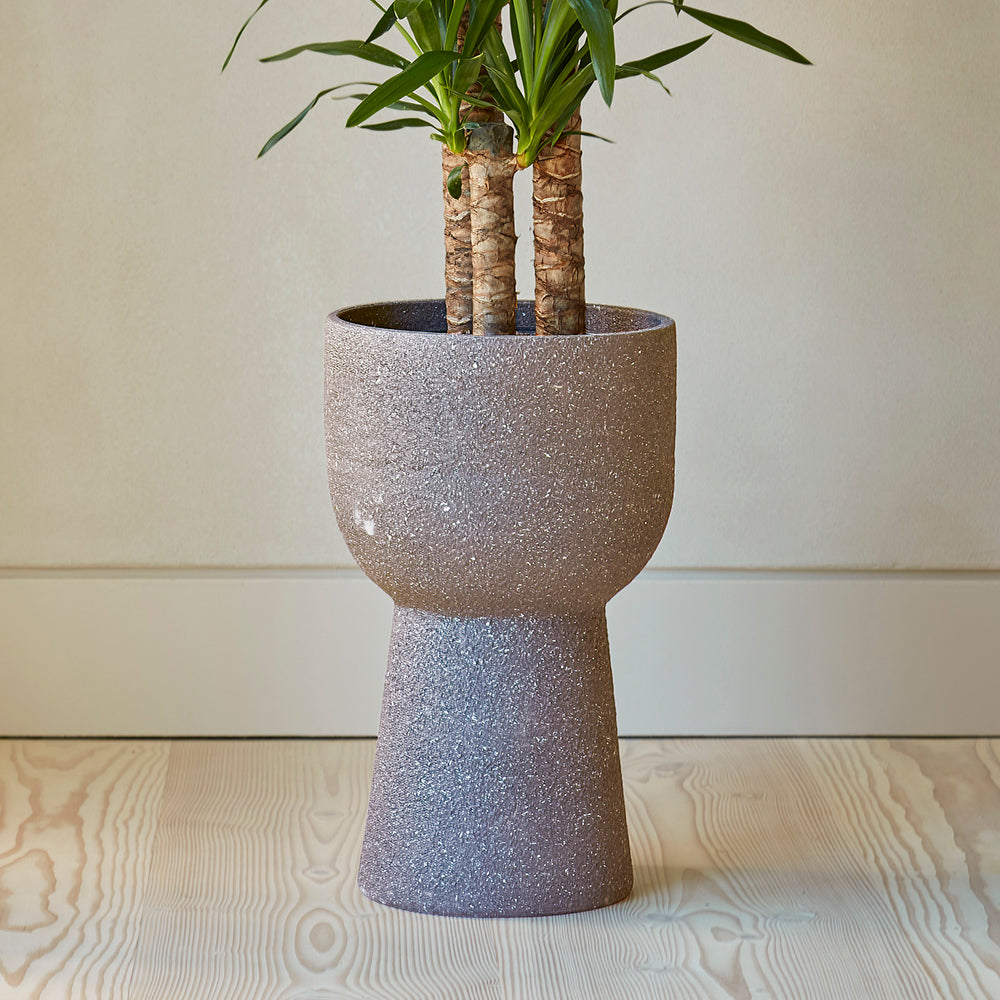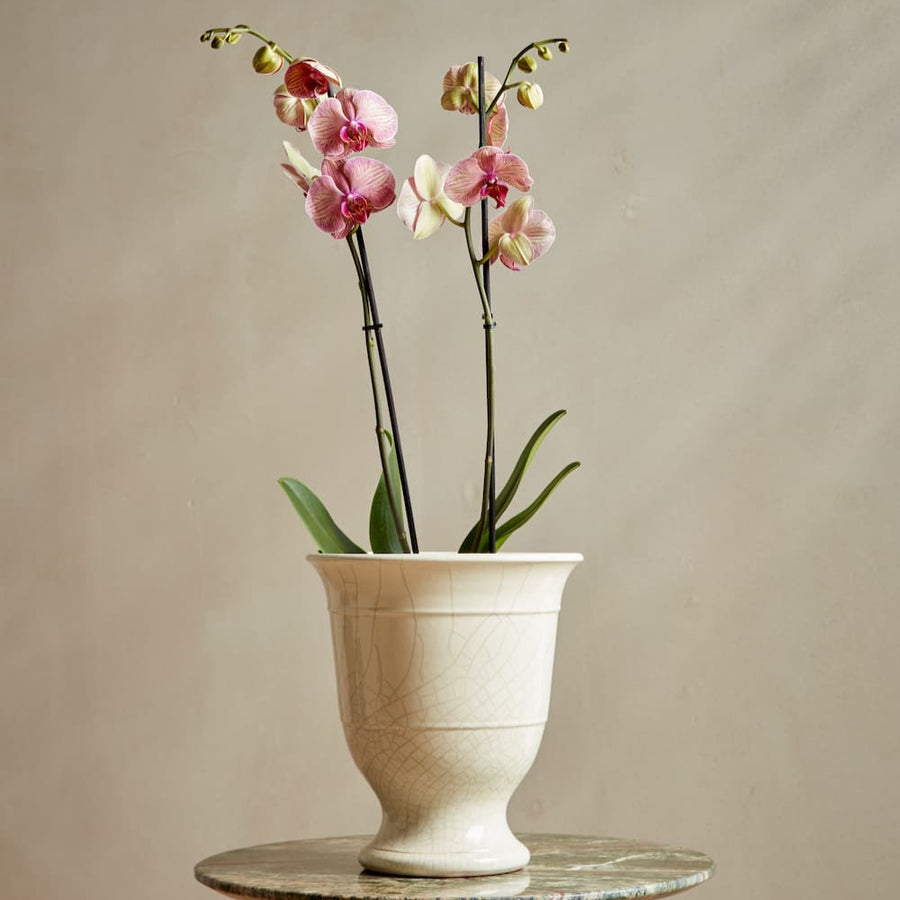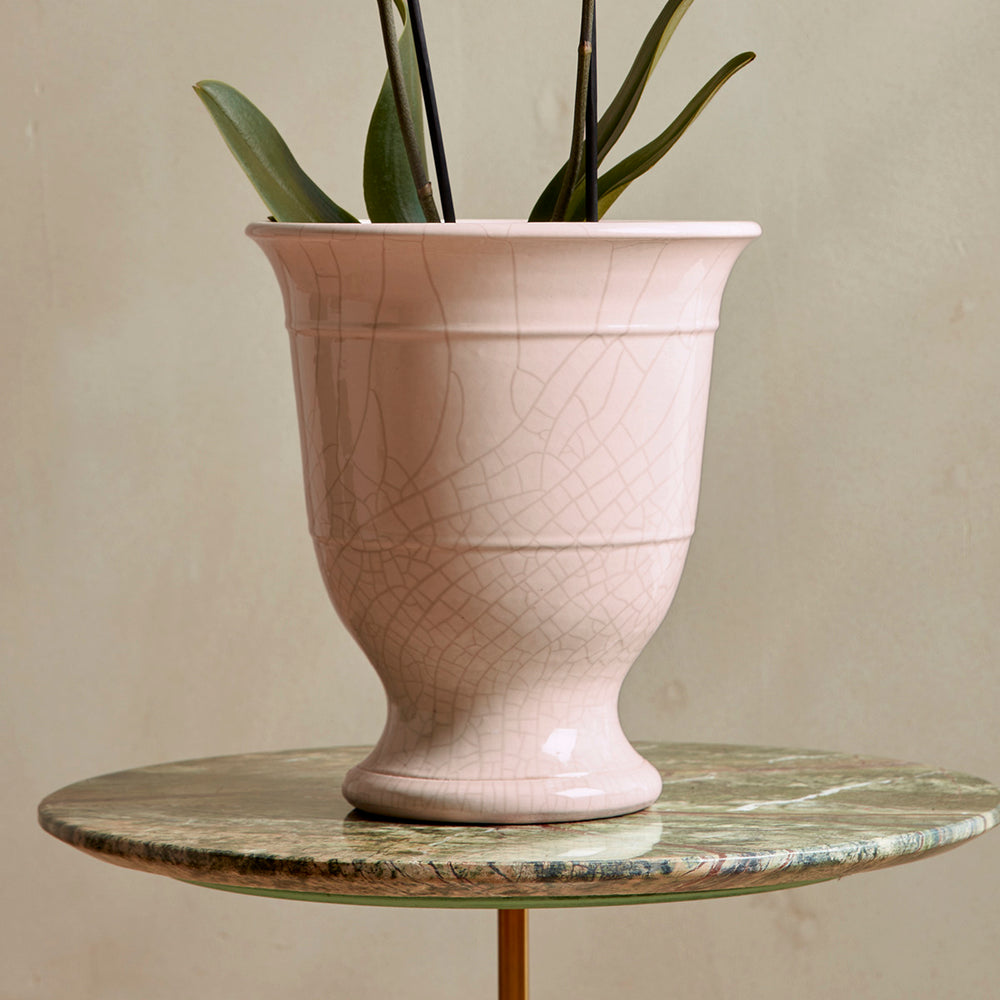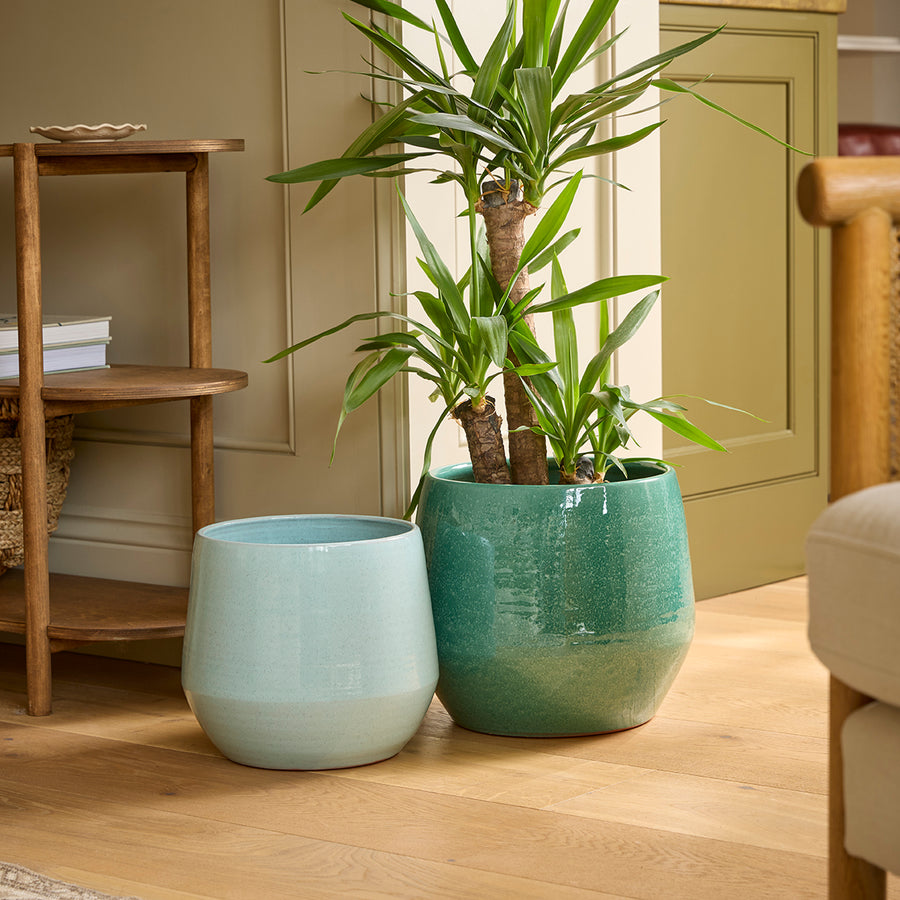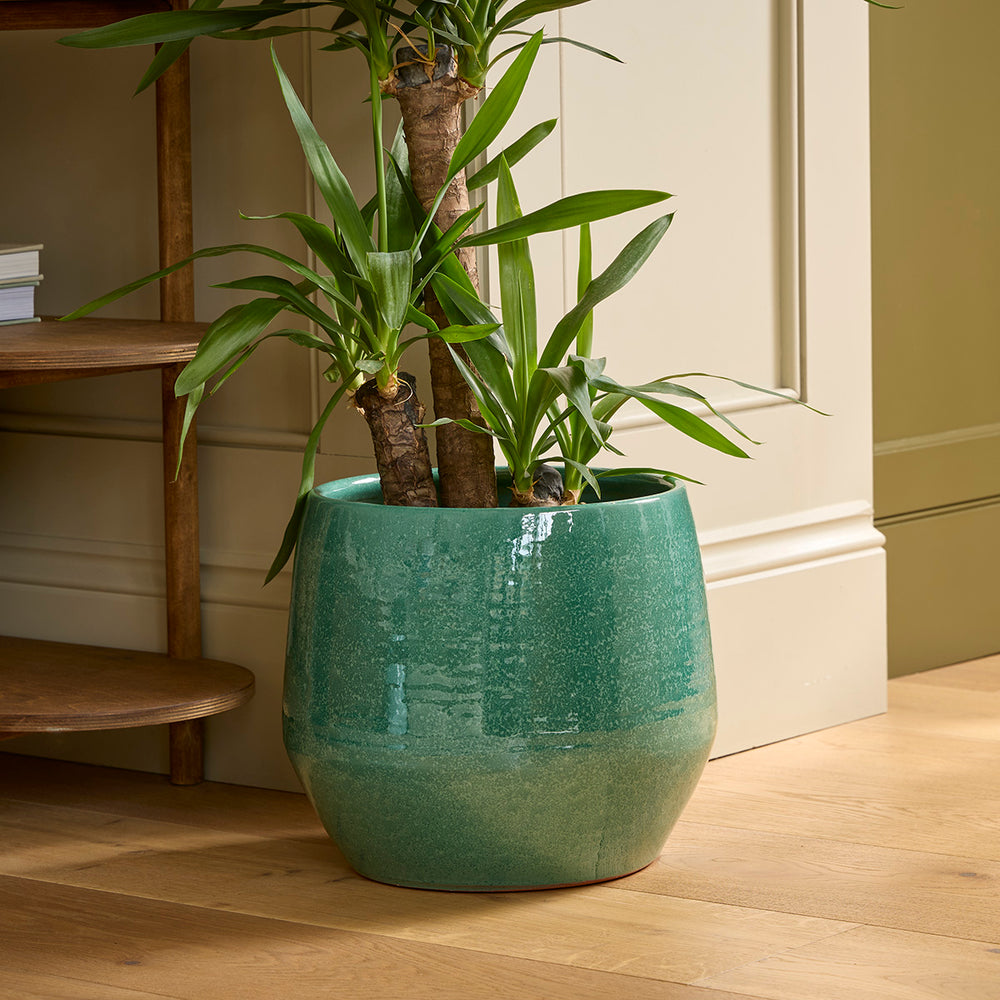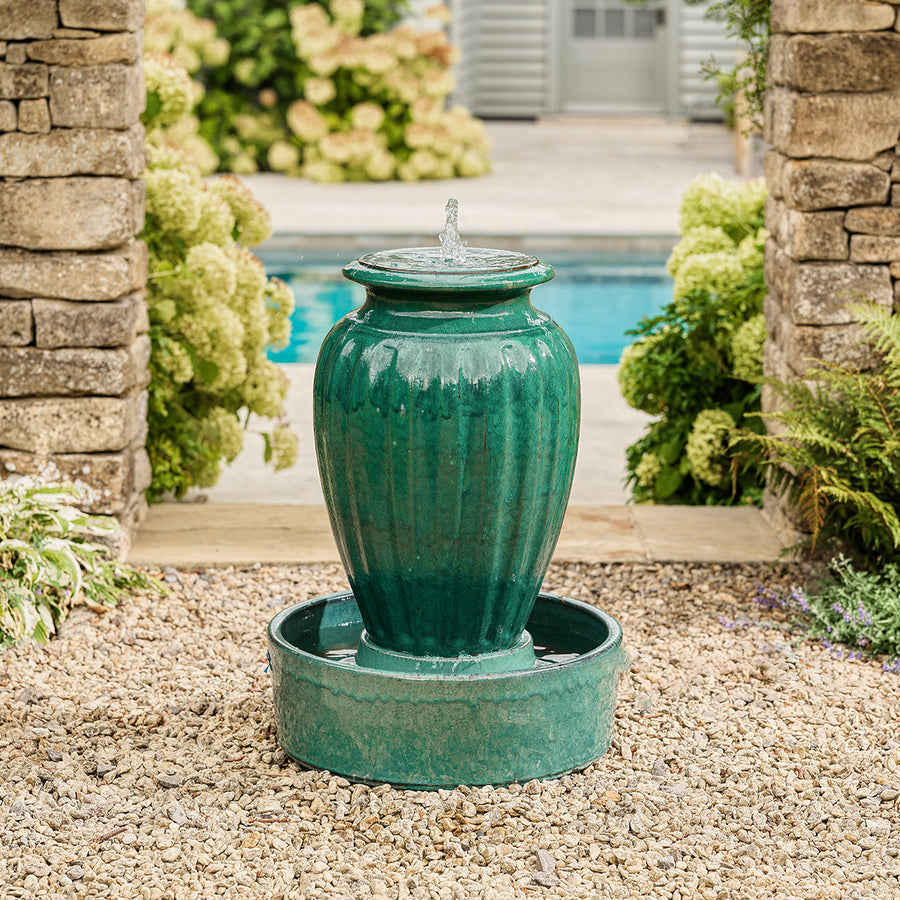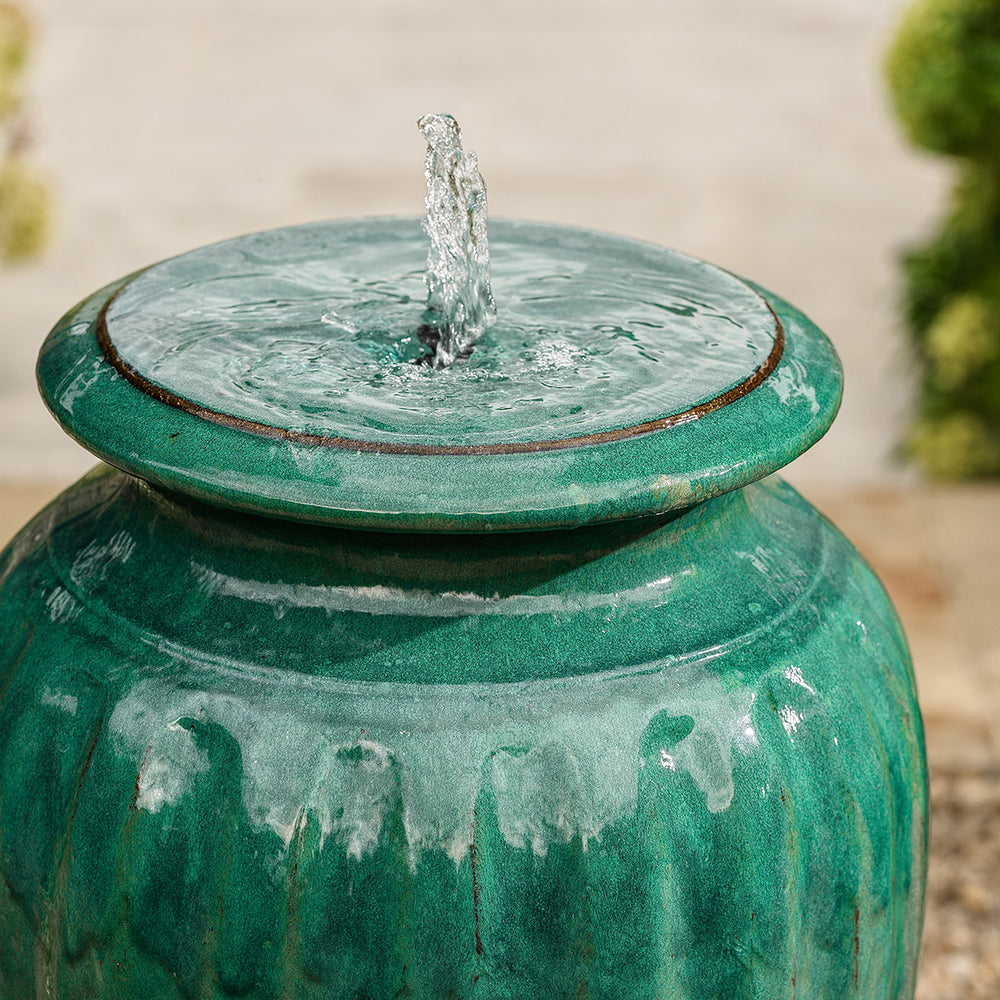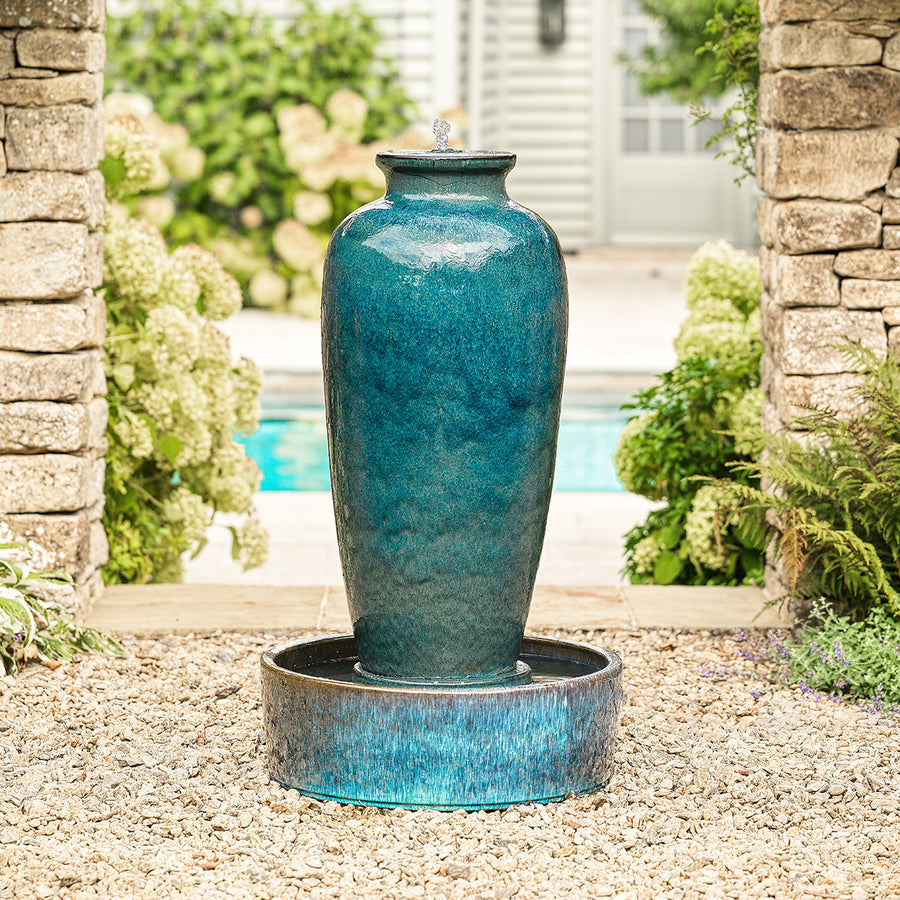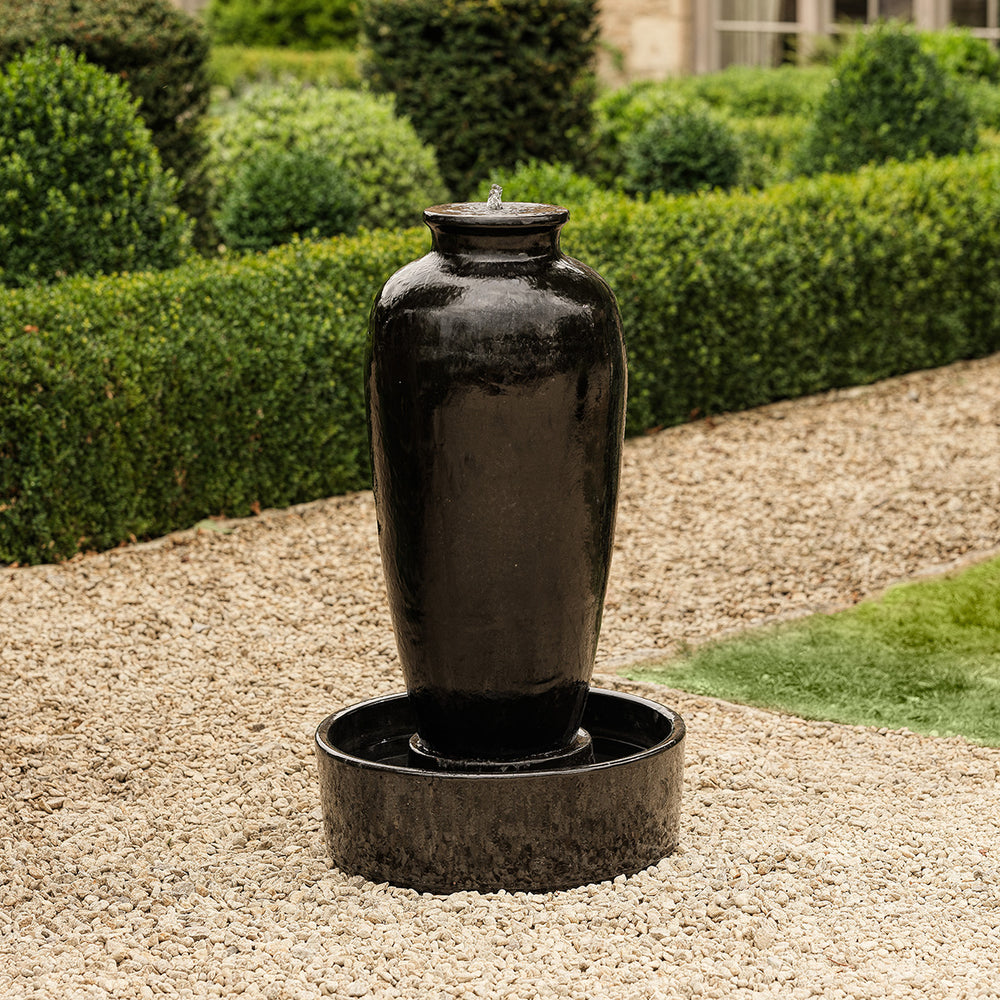Making the Most of Small Garden Spaces
No matter the size, every outdoor space has the potential to become a natural extension of your home, blurring the lines between indoors and out. Whether it's a compact courtyard, a city balcony or a tucked-away terrace, even the smallest area can offer a place to unwind, gather or simply enjoy a moment outside.
With thoughtful planning, a considered layout and a few well-chosen pieces, you can easily create an area that feels calm, purposeful and beautifully put together. These simple ideas will help you maximise your small garden space and make the most of every corner.
Plan with Purpose
Before adding plants or furniture, take time to consider how you’ll use your space. Do you want a peaceful nook to read in, a spot for gathering with friends or somewhere for container gardening? Defining its purpose from the outset will ensure you end up with a beautiful, yet practical, space.
If you’re creating a quiet spot for reading or morning coffee, the 2 seater Repton wooden garden bench is a lovely option – elegant and compact, with a gently curved backrest and arms for comfort. For evening drinks or alfresco dining, the Repton wooden bistro table and chairs fit perfectly in small corners or patios and fold away neatly when not in use.
Keep the Layout Simple
A clear, uncomplicated layout is key to making a small area feel spacious. Place furniture along walls or in corners to keep the centre free and avoid the space feeling cramped.
Sets like the Arlington 3 seater sofa and table or the Arlington armchair patio set make the most of underused garden edges without overwhelming the space. For dining, a round metal bistro table such as the Richmond garden furniture set, offers space-saving seating with its sleek, angled legs and lightweight design.
Create a Cohesive Space
In smaller gardens, a few thoughtfully chosen pieces create a more cohesive look than a collection of mismatched items. Stick to a light, neutral palette – soft greys, natural wood tones and earthy terracotta – to keep the space feeling open.
Instead of scattering multiple small pots, choose one or two larger planters to anchor the space and add structure. A single oversized planter, like the Bordo terracotta plant pot or Sardinia tall terracotta plant pot, adds height and interest without making the area feel crowded.
Every Inch Counts
When floor area is limited, make the most of your vertical space. Wall-mounted planters, shelving and trellises all help to maximise the area in small gardens. Hanging furniture, like our Paxton rattan egg chair, can turn a small nook into a comfy reading spot while keeping the ground clear.
Choose adaptable, multi-use pieces to make the most of every inch. Folding tables, stackable chairs or mobile workbenches help your garden stay flexible and clutter-free. In small spaces, clever design makes all the difference.
FAQs: Common Small Garden Questions
How can I make the most of a small garden?
Start by deciding how you want to use the space – whether for relaxing, dining or growing plants. Choose a few key pieces of furniture or large planters to keep things unified and uncluttered.
How can I make a small garden feel larger?
Keep the layout simple and open. Position furniture along walls or in corners to free up central space. Use vertical elements, such as climbing plants or tall planters, and incorporate mirrors or reflective surfaces to visually expand the area.
What colours help a small garden look bigger?
Light, neutral tones – like soft greys, whites and natural wood – reflect light and create an airy, open feel. These colours also help furniture and walls blend in rather than dominate the space.
How do I plan a small garden layout?
Start by defining zones for different uses, such as seating, planting or storage. Place furniture along edges to maximise flow and keep the centre open. Opt for a few large planters instead of many small ones to reduce clutter. Prioritise functionality and make sure every element serves a purpose.


